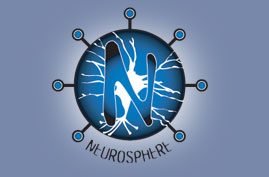“So I can look at you from inside as well”
The World Right Now
Experienced the latest in x-ray technology on my dental visit last week. ViperRay captures the dental x-rays and displays them direct to personal computer. Runs on Windows XP, Pentium IV. Health care cost pressures are pushing the technology to uncover greater efficiencies, but the result here is patient access to more and deeper information about their own bodies. And once it’s on the computer, well, I don’t think anyone wants a BLOG of x-rays of my slowly decaying body, but… (Bonus points for naming the song and band that the header quote came from.)
“The end result is quicker diagnosis, enhanced patient communication, and the financial savings from eliminating the on-going use of film and chemicals.” The dental assistant said less x-ray exposure for the patient, but I’m not sure that’s right.
http://www.vipersoft.com/Products/ViperRay/Reviews.asp
